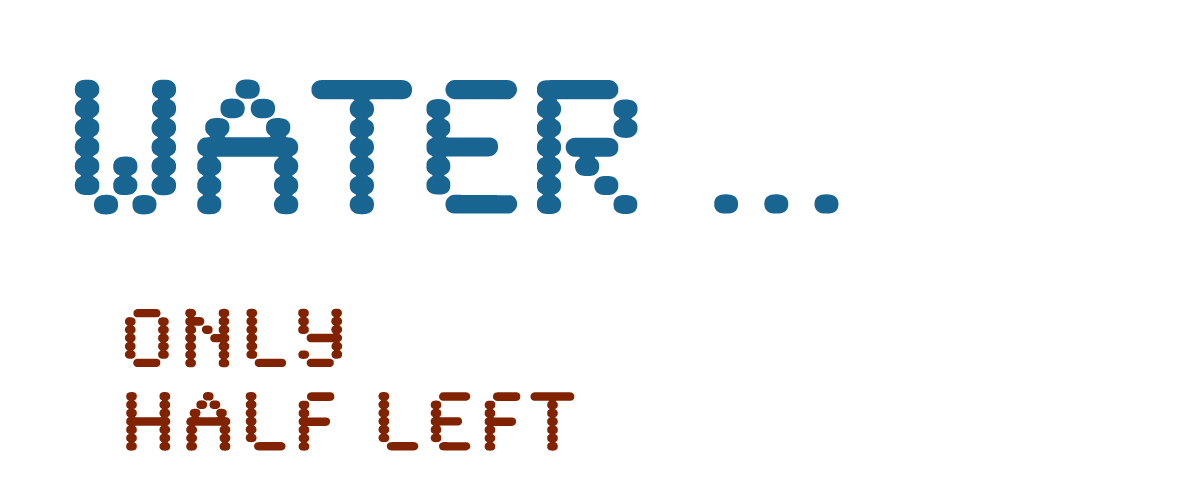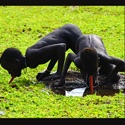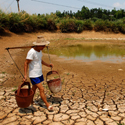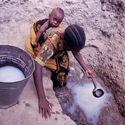Water scarcity – Len Abrams
http://www.africanwater.org/drought_water_scarcity.htm
Water scarcity is a more relative concept describing the relationship between demand for water and its availability. The demands may vary considerably between different countries and different regions within a given country depending on the sectoral usage of water. A country with a high industrial demand or which depends on large scale irrigation will therefore be more likely to experience times of scarcity than a country with similar climatic conditions without such demands. Countries such as Rwanda, for example, would be classified by most standards as suffering water shortage but, because of low industrial and irrigation utilisation, would not be classified as water scarce.
Causes of water scarcity
The causes of water scarcity are varied. Some are natural and others are as a result of human activity. The current debate sites the causes as largely deterministic in that scarcity is a result of identifiable cause and effect. However, if water scarcity is the point at which water stress occurs (the point at which various conflicts arise, harvests fail and the like), then there are also less definable sociological and political causes. Many of the causes are inter-related and are not easily distinguished.
Determining water shortage and water scarcity
There are a number of problems related to determining water shortage and water scarcity. In general, national average figures are used which mask annual variability from year to year, seasonal variability and the regional variability within countries.
The Food and Agriculture Organisation (FAO) of the United Nations regards water as a severe constraint on socio-economic development and environmental protection at levels of internal renewable water availability of less than 1 000 m3/capita. At levels of water availability of less than 2000 m3/capita, water is regarded as a potentially serious constraint, and a major problem in drought years. Water scarcity provides a measure of the sensitivity of a given situation to drought. In situations where the average availability of water per capita is low, even slight variations can render whole communities unable to cope and create disaster conditions.
Water scarcity is a relative concept ├óÔé¼ÔÇ£ it is partly a “social construct” in that it is determined both by the availability of water and by consumption patterns. Because of the large number of factors which influence both availability and consumption, the determining of water scarcity will vary widely from country to country and from region to region within a country. Adopting a global figure to indicate water scarcity should therefore be done with great caution. Whilst a threshold such as 1000m3/capita may be useful for purposes of comparison, it should be carefully used because it may understate situations of potentially serious water stress.
Because the concept of water scarcity is a social construct or, put in other terms, a matter of political and economic perception, it may be more useful to describe water scarcity as a particular mix of availability and demand at which water stress occurs, rather than a per capita figure. This means that its determination is more qualitative than quantitative, as the point at which water scarcity occurs may vary widely from one situation to another. In a semi-arid highly industrialized country or in a country where food security is dependent upon the extensive use of irrigation, the aggregated per capita figure at which water becomes sufficiently scarce to cause internal or transboundary conflict may be a lot higher than in a temperate, less highly developed country.
Causes of water scarcity
* Population growth
* Food production
* Climatic change and variability
* Land use
* Water quality
* Water demand
* Sectoral resources and institutional capacity
* Poverty and economic policy
* Legislation and water resource management
* International waters
* Sectoral professional capacity
* Political realities
* Sociological issues




